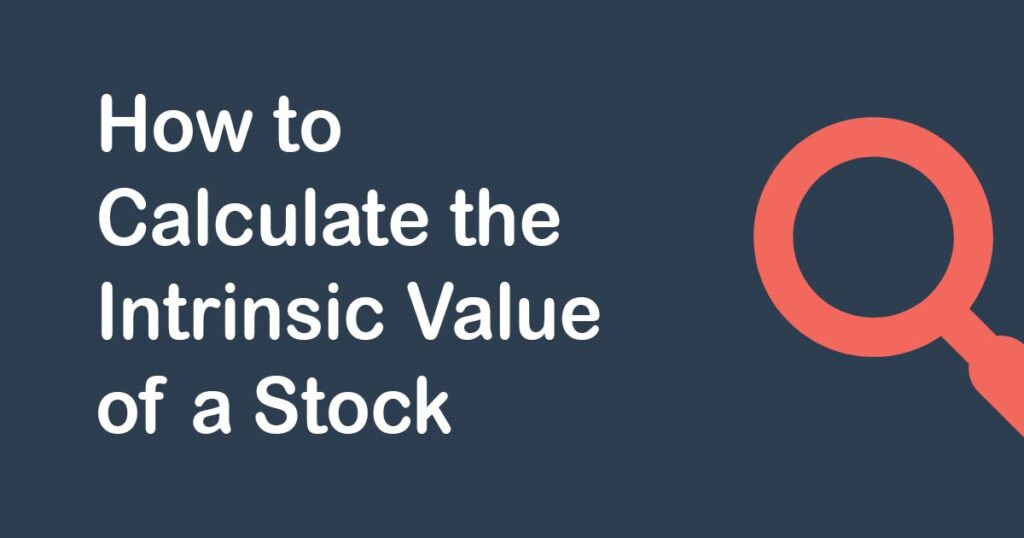The intrinsic value of a stock is a fundamental concept in the world of investing. It represents the true value of a stock based on its underlying factors, such as the company’s financials, growth prospects and market conditions. Calculating the intrinsic value of a stock allows investors to assess whether a stock is undervalued or overvalued, aiding in informed investment decisions.

What is Intrinsic Value?
Intrinsic value refers to the underlying, true value of a stock that takes into account different factors than its current market price. It is based on the belief that the stock market can occasionally misprice stocks, presenting opportunities for investors to capitalize on undervalued stocks or avoid overvalued stocks. By estimating value, investors aim to determine the fair value of a stock and make investment decisions accordingly.
Factors Affecting Intrinsic Value
Some key factors influence the intrinsic value of a stock:
Company Financials: A company’s financial performance, including its revenues, earnings, profit margins and debt levels, plays a significant role in determining its intrinsic value. Strong financials indicate high intrinsic value, which reflects a company’s potential to generate future earnings and growth.
Industry and market conditions: The industry in which a company operates and overall market conditions can affect its intrinsic value. Factors such as market trends, competition, regulatory changes and economic conditions affect a company’s growth prospects and, consequently, its intrinsic value.
Management Quality: The competence and track record of a company’s management team influences its intrinsic value. Skilled and experienced management that demonstrates effective strategic decision-making and efficient capital allocation enhances the intrinsic value of a company.
Future Growth Potential: Estimating a company’s future growth potential is crucial to determining its intrinsic value. Factors such as market demand, product innovation, expansion plans and entry into new markets are taken into account while assessing the company’s growth prospects.
Methods of calculating intrinsic value
Several methods can be used to calculate the intrinsic value of a stock. Here are three commonly used approaches:
Discounted Cash Flow (DCF): The DCF method calculates the present value of a company’s future cash flows. It involves estimating future cash flows and returning them to the present using an appropriate discount rate. The result is the intrinsic value of the stock.
Relative Valuation: This method compares a company’s financial metrics, such as price-to-earnings (P/E) ratio, price-to-sales (P/S) ratio or price-to-book (P/B) ratio, with similar companies in the industry. By determining the average valuation multiple of comparable companies, an estimate of the intrinsic value of the stock can be obtained.
Dividend Discount Model (DDM): The DDM method calculates the intrinsic value of a stock based on the present value of expected future dividends. It involves estimating future dividends and returning them to the present using an appropriate discount rate.
Conclusion
Understanding the intrinsic value of a stock is essential for investors seeking to make informed investment decisions. By considering factors such as a company’s financials, industry conditions, quality of management, and growth potential, investors can estimate the true value of a stock. Employing methods such as discounted cash flow, relative valuation, or dividend discount models allow investors to calculate value and identify investment opportunities in the stock market.






